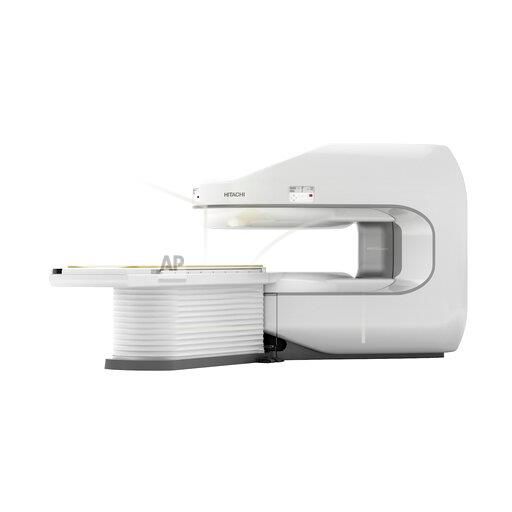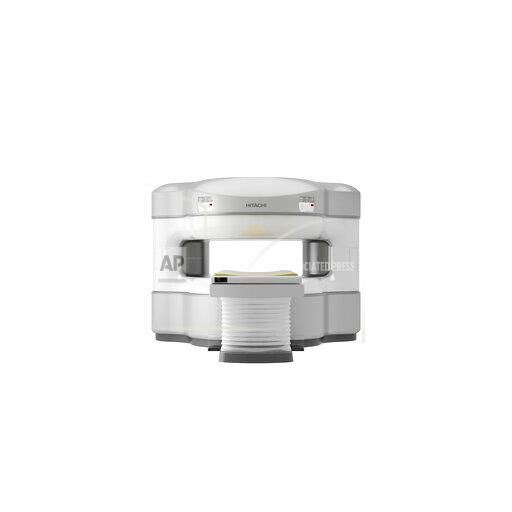Hitachi Launches New Open MRI Systems at ECR 2021
Two new permanent MRI systems are designed to streamline workflow and truncate scan time by roughly one-third.
Hitachi Medical Systems launched two new permanent open MRI systems at the start of the 2021 European Congress of Radiology. Both systems are equipped with SynergyDrive workflow solution.
Hitachi unveiled its first permanent open MRI system in 1996, but these two new systems are designed with lower field strength. They are also offer automated – and faster – image capture, according to a company statement.
Hitachi Medical System's APERTO Lucent Plus
Credit: Hitachi Medical Systems Europe Holding AG /news aktuell via AP Images

For additional ECR 2021 coverage, click here.
Hitachi Medical System's AIRIS Vento Plus
Credit: Hitachi Medical Systems Europe Holding AG /news aktuell via AP Images

Both the APERTO Lucent Plus, a 0.4T permanent open MRI, and the AIRIS Vento Plus, a 0.3T permanent open MRI, provide high-speed exams with motion-free images, as well as easy siting and operation for fast return-of-image and an open design that maximizes patient comfort. In addition, they also share three main features:
IP-RAPID: This high-speed feature shortens scan times without loss of image quality, and it combines under-sampling and image reconstruction via iterative image processing to perform T1-weighted, T2-weighted, STIR, FLAIR, MRA, diffusion-weighted, and fat-water separation images.
AutoExam: By pre-defining scan condition settings, such as slice positioning, image processing, image display, and image transfer, this feature offers single-click exams. According to the company statement, it can automatically propose the optimum slice plane on the brain immediately after the scanogram, and up to five slice planes can be preset for slice plane and angle. With an AutoClip function, it automatically depicts the region of interest of the brain MRA.
SynergyDrive: By combining IP-RAPID and AutoExam, this feature improves operability, the company said, and can reduce scan times by up to 30 percent compared to Hitachi’s conventional open MRI systems.
For more coverage based on industry expert insights and research, subscribe to the Diagnostic Imaging e-Newsletter here.
Study: Monitoring of Prostate MRI Exams Could Lead to 75 Percent Reduction of Gadolinium Contrast
March 17th 2025While DCE MRI was deemed helpful in over 67 percent of cases in which it was used, researchers found that monitored prostate MRI exams, which facilitated a 75 percent reduction of DCE MRI sequences, had comparable sensitivity for prostate cancer as non-monitored exams.